#othmeralia
Text

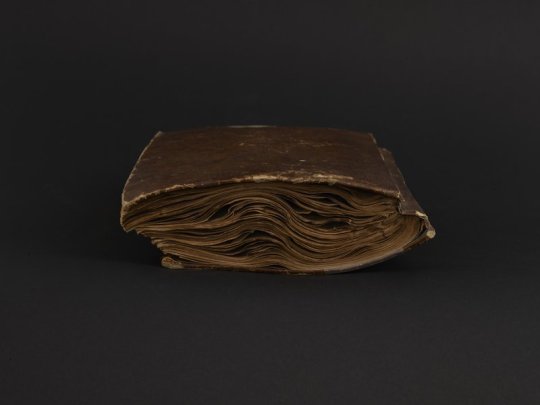
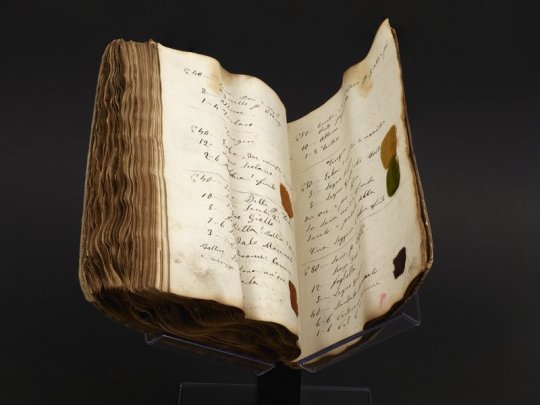

Italian Dyer's Notebook
Autograph manuscript, circa 1856-1866
This warped and worn nineteenth-century Italian manuscript appears to be a working manual and color inventory of a wool dyer in mid-nineteenth-century Italy. The handwritten entries are dated between 1856 and 1866, suggesting that the notebook was used and added to over a period of time. The work includes more than 500 numbered and itemized recipes for dyes. Recipes are illustrated with more than 800 wool and fabric samples adhered to the pages. The samples range in colors from shades of brown to vivid fuchsia, turquoise, and mustard. The samples include fabrics of wool, felt, and cotton, as well as raw wool and coils of yarn. Ingredients listed include mud, urine, arsenic, and vitriol. Pages 192-219 contain longer descriptions of dying processes, one attributed to Giacomo Udinese and another to Cesare Bizzi.
Check it out on our digital collections site.
#colors#colors in textiles#colorfastness#dyes#dyes and dyeing#textiles#wool#italian manuscripts#manuscripts#rare books#old books#rare book#dye samples#19th century#othmeralia
526 notes
·
View notes
Text
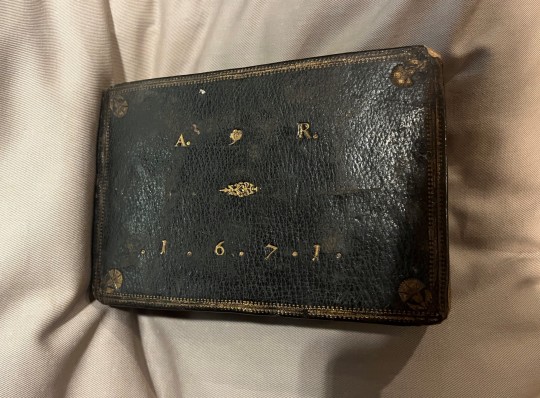


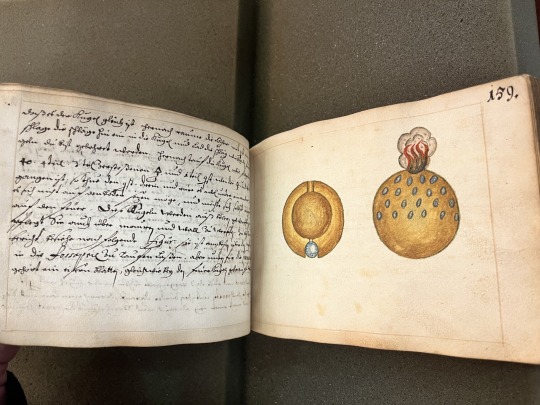
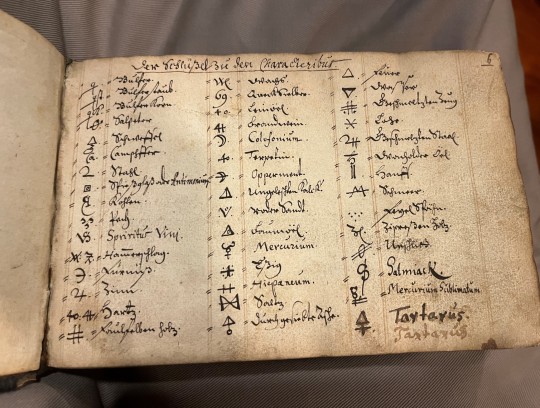

via: tumblr.com/othmeralia
This is an amazing German manuscript from circa 1671. It's called Kunst Buch von allerhandt rahren undt schönen inventionen so wohl in der Feuerwerckerey Kunst als auch in der Büchsenmeisterey zusammen and was written by Andreas Räbel, a pyrotechnician.
An original work of a 17th century pyrotechnician, with the formulas he used to make fireworks. This is a manual how to make and use them, in which the author betrays secret recipes for the construction of rockets, flares, bombs. Ingredients are specified: camper, antimony, coal, tin, orpiment, chalk, tree oil, mercury, line oil, brandy, ammonium, arcanuni, chlroide, resin, and a host of other untranslatable elements. The fireworks that Räbel describes come in all forms and shapes. Descriptions follow for the construction of rocket posts, launchers, and fixtures to be mounted on buildings, small castles, and castles. Shown in finely colored pen drawings, labeled with reference numbers and letters and provided with a scale. Detonators are describes, small bombs, smoke-balls, balls of light, fireballs, storm-balls, big guns, fireworks and hundreds of other instructions. He also narrates the memorable wedding of Emperor Leopold von Habsburg with Margarita Theresa of Spain on December 12, 1666.
0 notes
Text
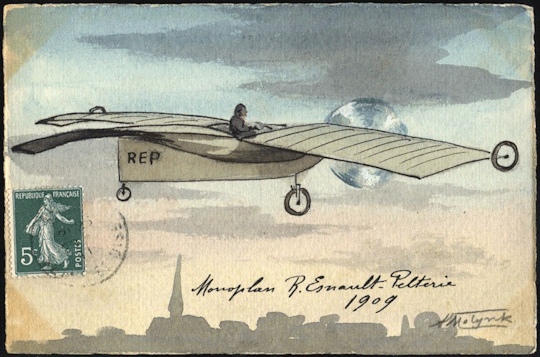
tumblr.com/othmeralia
National Aviation History Month isn’t complete without a monoplane gif. Animated from Album Gravures et Cartes-Postales: Vieux Paris Types Petites Métiers et Cris De La Rue (1908), part of the Donald F. Othmer Papers housed in the CHF Archives.
0 notes
Photo

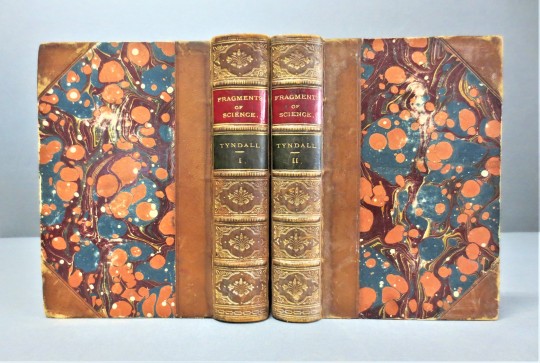


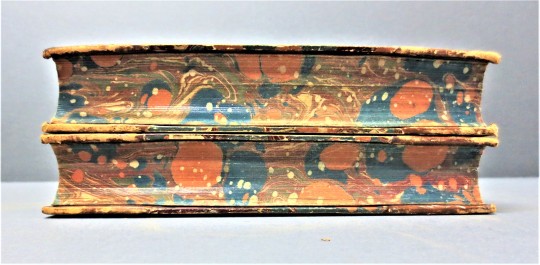

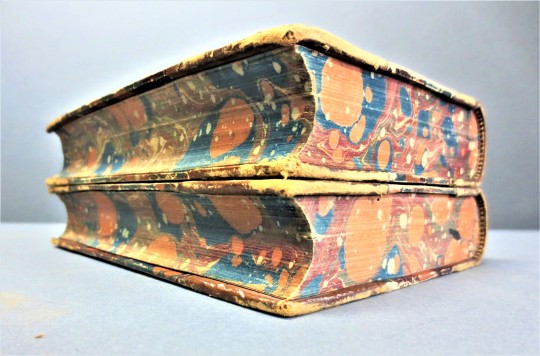


Fore Edge Friday
Bubbles and vacuoles! At least, that’s what we see in these patterns on the covers, edges, and endpapers of this gold-stamped, calf-skin half binding for the 6th edition of John Tyndall’s 2-volume Fragments of Science, published in London by Longmans, Green, and Co. in 1879. The pattern appears to be what the University of Washington’s site on Patterned Papers identifies as Zebra.
The pattern begins with a Turkish base, with the first colors constricting as others follow and become the ‘vein’ colors for the latter thrown inks. A comb with one set of teeth is then drawn through the bath twice vertically, once in either direction with the second pass halving the first. The last step is to sprinkle or splash on one or more colors, which in the Zebra pattern are usually quite large drops. As we’ve noted before, when marbling the edges of a book, the text block is clamped tightly shut, and once dipped, the excess fluid is blown or shaken off quickly to prevent it from running into the book. Once dry, the marbled edges are burnished.
John Tyndall was a prominent 19th-century Irish physicist who was also a science teacher and proselytizer for the cause of science, spending a significant amount time disseminating science to the general public, including this series of essays. The first edition was published by Longmans, Green in 1871. In America it was published in 1871 by D. Appleton as Fragments of Science for Unscientific People, which we also hold.
Also, be sure to check out Othmer Library’s and the Library Company’s #Fore Edge Friday entries for today!
View our other Fore Edge Friday posts.
#Fore Edge Friday#marbled book edges#marbled edges#marbled papers#marbling#paper marbling#edge marbling#Zebra marbling#othmeralia#librarycompany#John Tyndall#Fragments of Science#Longmans Green#patterned papers
89 notes
·
View notes
Text

I LOVE a well used and well annotated book! Any signs of actual, everyday usage is such a wonderful find in rare books.
This is found in our copy of Bouquet composé des plus belles fleurs chimiques (1629) by David de Planis Campy.
195 notes
·
View notes
Text
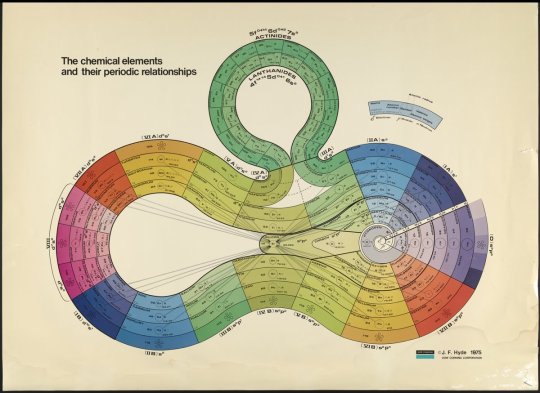
February 8th is Dmitri Mendeleev's birthday
Mendeleev was a Russian chemist and inventor. He is best known for formulating the Periodic Law and creating a version of the periodic table of elements.
Shown here is a rainbow-colored periodic table in the style of a spiral with different sizes of revolutions designed by J.F. Hyde of the Dow Corning Corporation.
Image: Hyde, J.F. “The Chemical Elements and Their Periodic Relationships.” Dow Corning Corporation, 1975. Folder Flat File 2. Science History Institute. Philadelphia.
#mendeleev#Dmitri mendeleev#periodic table#happy birthday#chemistry#periodic law#digital collections#othmeralia
246 notes
·
View notes
Text



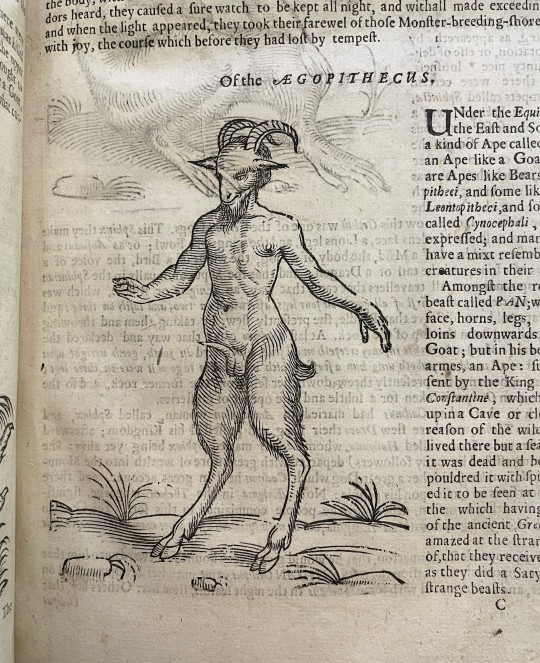

Just a sprinkle of some fantastic monsters from our 1658 History of Four-Footed Beasts and Serpents.
#othmeralia#rare books#history#scientific illustration#monsters#beasts#fantastic beasts#early modern#sea monster#Pan#man eating boa#Hydra
293 notes
·
View notes
Text


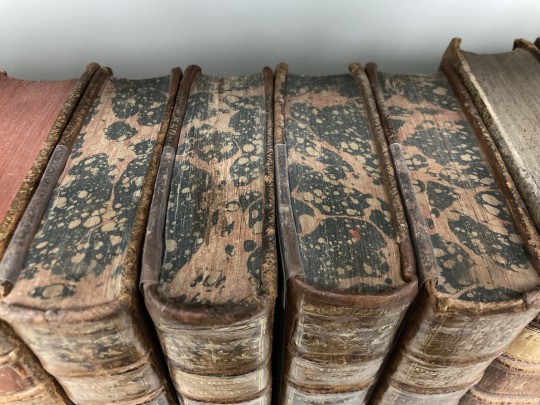
This beautiful set is Dictionnaire de chymie (1779).
#rare books#rare book#old books#chemistry books#chemistry#science#beautiful books#splendiferous spines#neville collection#othmeralia
82 notes
·
View notes
Text


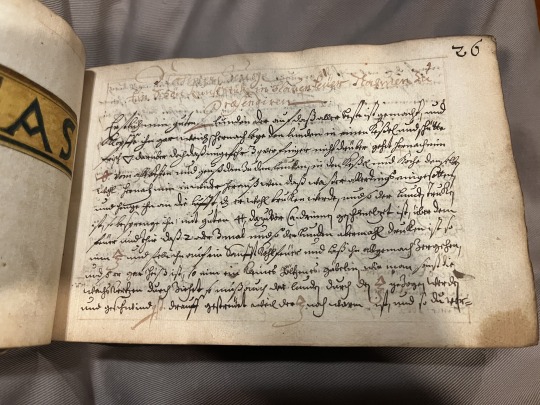
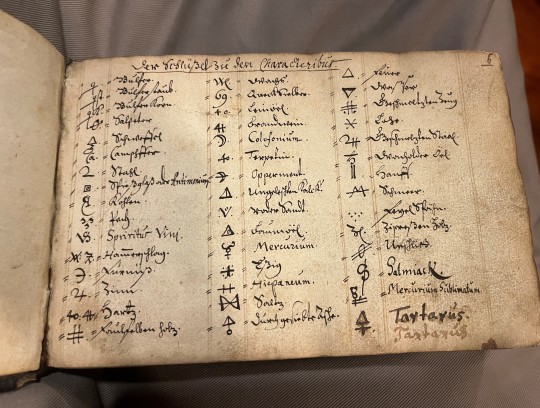
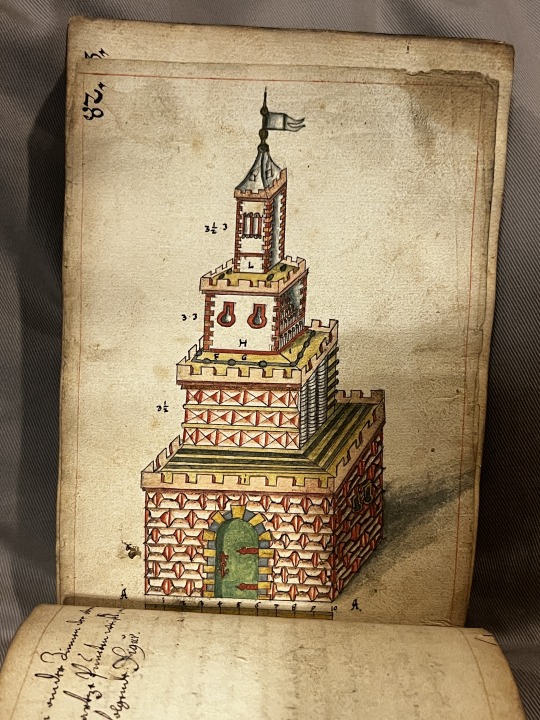

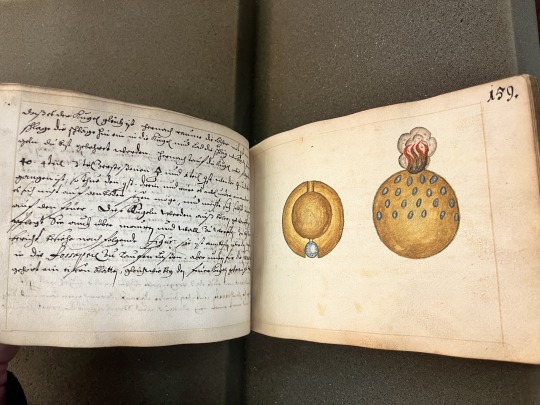

This is an amazing German manuscript from circa 1671. It's called Kunst Buch von allerhandt rahren undt schönen inventionen so wohl in der Feuerwerckerey Kunst als auch in der Büchsenmeisterey zusammen and was written by Andreas Räbel, a pyrotechnician.
An original work of a 17th century pyrotechnician, with the formulas he used to make fireworks. This is a manual how to make and use them, in which the author betrays secret recipes for the construction of rockets, flares, bombs. Ingredients are specified: camper, antimony, coal, tin, orpiment, chalk, tree oil, mercury, line oil, brandy, ammonium, arcanuni, chlroide, resin, and a host of other untranslatable elements. The fireworks that Räbel describes come in all forms and shapes. Descriptions follow for the construction of rocket posts, launchers, and fixtures to be mounted on buildings, small castles, and castles. Shown in finely colored pen drawings, labeled with reference numbers and letters and provided with a scale. Detonators are describes, small bombs, smoke-balls, balls of light, fireballs, storm-balls, big guns, fireworks and hundreds of other instructions. He also narrates the memorable wedding of Emperor Leopold von Habsburg with Margarita Theresa of Spain on December 12, 1666.
#rare books#rare book#manuscripts#german manuscripts#german texts#alchemy#fireworks#balls of light#fireballs#firework displays#hand painted#hand colored#pyrotechnics#othmeralia
151 notes
·
View notes
Text

Look! It's freakin' bats. I love Halloween.
Image from: A philosophical account of the works of nature (1721) by Richard Bradley
#look its freakin bats#freakin bats#bats#zoology#halloween#spooky season#rare books#old books#natural history#science history#plates#othmeralia
159 notes
·
View notes
Text

What your zodiac sign says about you....
Margarita philosophica (1503).
#rare books#old books#rare book#woodcuts#zodiac signs#zodiac#why are the Pisces the feet?#history#science#scientific illustration#16th century#othmeralia
232 notes
·
View notes
Text

Looks like Peter Parker is both Spiderman and bookseller!
Found in A treatise of the scurvy, examining the different opinions and practice, of the most solid and grave writers... by Everhard Marynwaringe (1672).
#rare books#old books#peter parker#spiderman#booksellers#books#printing press#book history#othmeralia
123 notes
·
View notes
Text

Uh oh! What happened here? Seems to be that there was a printing error that caused the typeset or page to slip/move while going through the printing press. What a cool find!
Found in our copy of Manuel du parfumeur (1825).
83 notes
·
View notes
Text
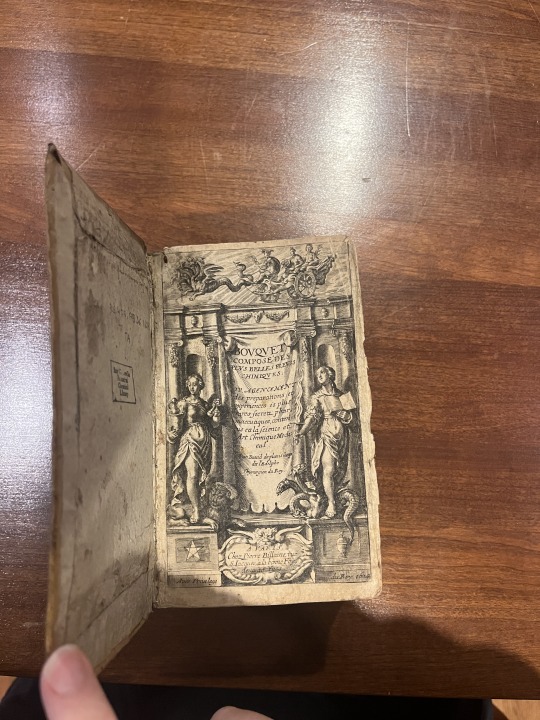
Title page Tuesday!
This elaborate engraved title page is found in our copy of Bouquet composé des plus belles fleurs chimiques (1629) by David de Planis Campy
#title page#title page tuesday#rare books#old books#engraved title page#bibliography#materia medica#botany#othmeralia
63 notes
·
View notes
Text
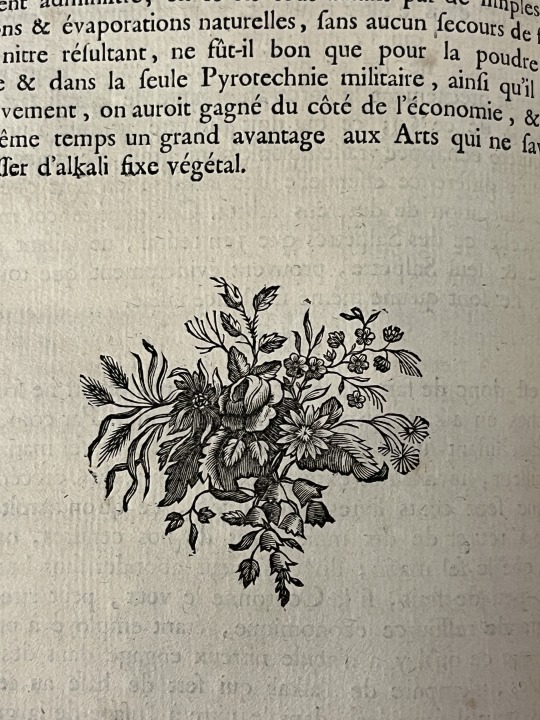
TatTuesday
86 notes
·
View notes
Text

"Seriously? You're going to interrupt me? I just got to the good part!"
Woodcut found in Liber chronicarum (1493).
#woodcuts#rare books#rare book illustration#incunable#incunabula#history#middle ages#books#library humor#woodcut wednesday#othmeralia
157 notes
·
View notes